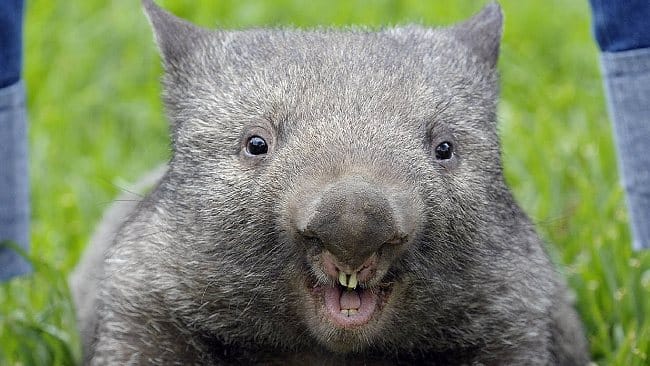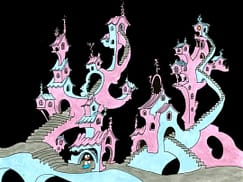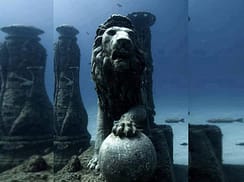A zookeeper had her hands full on Wednesday tending to what is believed to be the world’s “oldest” and “biggest” Wombat in captivity at the Ballarat Wildlife Park in Victoria. The wombat, known as Patrick, was hand-raised after being orphaned as a baby and sadly remains a virgin. He has lived nearly his entire life in captivity at the Ballarat Wildlife Park as he couldn’t defend himself against other wombats in the wild.
This large, pudgy mammal is a marsupial, or pouched animal, found in Australia and on scattered islands nearby. Like other marsupials, wombats give birth to tiny, undeveloped young that crawl into pouches on their mothers’ bellies. A wombat baby remains in its mother’s pouch for about five months before emerging. Even after it leaves the pouch, the young animal will frequently crawl back in to nurse or to escape danger. By about seven months of age, a young wombat can care for itself.
Wombats use their claws to dig burrows in open grasslands and eucalyptus forests. They live in these burrows, which can become extensive tunnel-and-chamber complexes. Common wombats are solitary and inhabit their own burrows, while other species may be more social and live together in larger burrow groups called colonies.
Wombats are nocturnal and emerge to feed at night on grasses, roots, and bark. They have rodentlike incisors that never stop growing and are gnawed down on some of their tougher vegetarian fare.
The field and pasture damage caused by wombat burrowing can be a destructive nuisance to ranchers and farmers. Wombats have been hunted for this behavior, as well as for their fur and simply for sport. Some species (the northern hairy-nosed wombats) are now critically endangered, while others (the common or coarse-haired wombat) are still hunted as vermin. Space for all wombats is at a premium as farm and ranch lands increasingly replace natural space.





